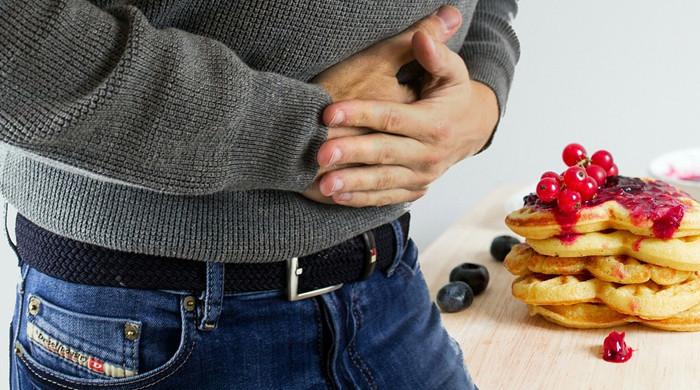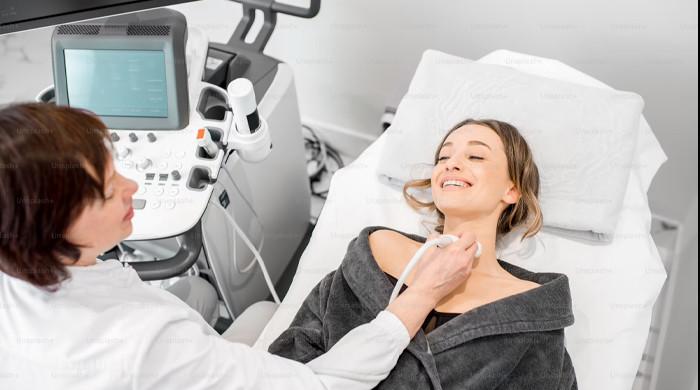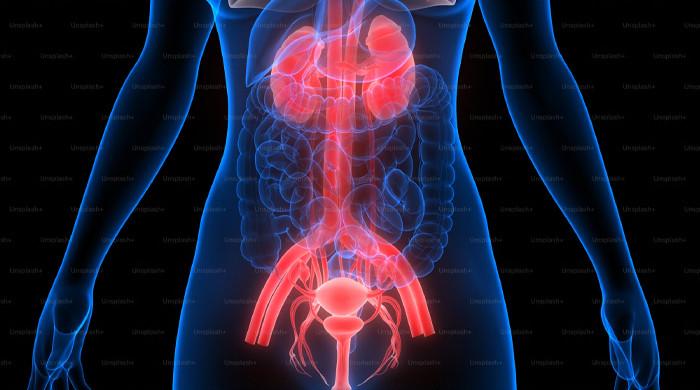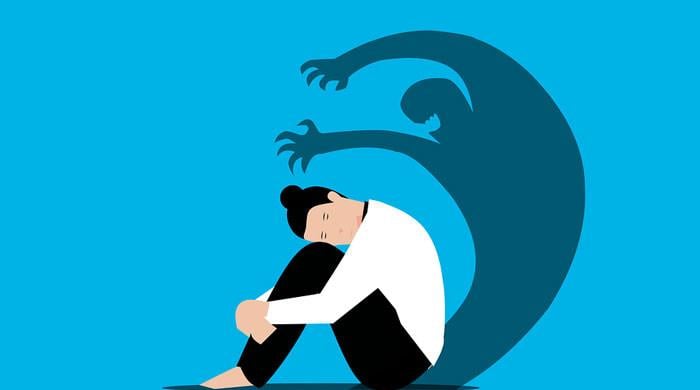Risk factors, prevention, signs & symptoms of stroke in women
Women are more prone to getting a stroke due to higher life expectancy than men
January 11, 2024
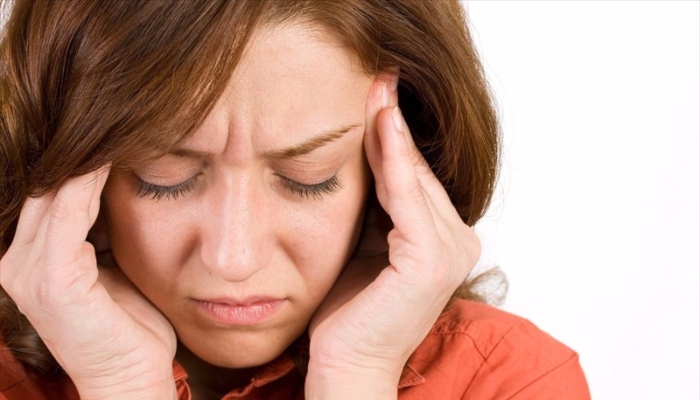
A woman is expected to nurture many roles in her life like a housewife, a career woman, a mother and so on which is why a female needs to keep an eye out for any signs of trouble. Why? Because women are more prone to health risks compared to men due to their longer life expectancy.
Out of all the illnesses, the symptoms of a stroke can be as simple and bothersome as a migraine.
What’s a stroke?
Also known as a “brain attack,” a stroke occurs when blood flow stops in an area of the brain, resulting in less oxygen supply being diverted. This can also be fatal.
According to riversideonline.com, women suffer 55,000 more strokes annually than men and is the third leading cause of death as per the National Center for Health Statistics.
Pregnancy, a longer life expectancy, and hormonal medication all play a role in raising women’s stroke risk.
What causes a Stroke & Risk Factors:
1. Age:
As women live longer than men, the risk of stroke increases with age.
2. Atrial fibrillation:
Simply known as irregular heartbeat, blood can pool inside the heart instead of getting pumped out which causes a clot, consequently causing a stroke.
3. High blood pressure:
It is the leading cause of stroke as one in three women have stage 2 high blood pressure (greater than or equal to 140/90 mmHg).
4. Pregnancy:
High blood pressure during pregnancy can easily cause a stroke.
5. Hormonal medications:
Women tend to take hormone replacement therapy in women during menopause and this slightly increases their stroke risk because it can cause blood clots and increase blood pressure.
Symptoms of a stoke:
1. Confusion in speaking.
2. Sudden weakness & dizziness.
3. Trouble seeing from one or both eyes.
4. Loss of balance
5. Severe headaches with no known cause
What does a stroke feel like?
"FAST" test is the easiest and quickest way to determine if someone is having a stroke or not:
F (Face): Ask the person to smile - if one side of their face droops, they’re having a stroke
A (Arms): Ask the person to raise both arms. Is one arm drifting downward?
S (Speech): Ask the person to repeat a simple sentence as slurred speech is a sign of stroke.
T (Time): If you observe any of these signs, call an ambulance right away for early treatment.
How to Prevent a Stroke:
Here are a few prevention tips to incorporate in your daily life:
1. Maintain your diet/eat healthy
2. Become physically active and try exercising regularly
3. Quit smoking
4. Avoid getting obese and overweight which also includes focusing on your cholesterol and blood pressure levels.




